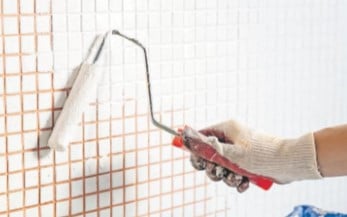
Make sure the stirrer will fit the pans you use frequently in your kitchen. Photo | www.sharperimage.com
Are you tired of standing over a hot stove, constantly stirring your sauces and soups to perfection? Look no further than the Automatic Pan Stirrer; a kitchen gadget designed to take the hassle out of continuous stirring. With its innovative features and convenient functionality, this product is a game-changer for any home chef.
What is it?
An automatic pan stirrer is made to do the work of stirring food in a pan automatically. It is especially helpful for dishes such as sauces, soups and porridge that need to be constantly stirred. By freeing up your hands, this useful gadget enables you to multitask in the kitchen and concentrate on other areas of meal preparation.
Features
Variable speed settings
The majority of automated pan stirrers include many speed settings that let you adjust the stirring pace according to the kind of food you are making.
Rechargeable battery
A rechargeable battery is a feature of many models, offering cordless ease and doing away with the requirement for a continuous power source.
Heat resistance
The materials used to make these devices are heat-resistant, so they can withstand high cooking temperatures without breaking.
Simple to clean
Dishwasher-safe materials and detachable pieces simplify cleaning.
Compact design
Automatic pan stirrers are usually made to accommodate a range of pan sizes, which makes them adaptable and convenient to store.
Advantages
The main benefit of hands-free cooking is that it frees up your hands for other activities, which improves the efficiency of meal preparation. Regular stirring produces more evenly cooked food and keeps food from burning or sticking, which improves the taste of the food.
Timesaving: Frees up your attention for other kitchen tasks by lowering the requirement for continuous observation and stirring.
Enhanced safety: Reduces the possibility of spills and burns from manually stirring hot liquids.
Versatility: Suitable for a variety of dishes, including substantial soups and delicate sauces.
Choosing the right pan stirrer
Think about size: The majority of automated pan stirrers are made to fit a range of pan shapes and sizes, but to be sure they will work with your pan, it is essential to review the model’s specs. Make sure the stirrer will fit the pans you use frequently in your kitchen.
Verify battery life: While each model has a different battery life, most provide several hours of continuous usage after a full charge. Make sure the model you select has a battery life that corresponds with your cooking style. To save on frequent recharging, choose a model with a long-lasting battery.
Look for flexibility: To get the most out of your investment, use a stirrer with customizable features and different speed settings.
Examine reviews: To evaluate the durability and performance of various models, read internet reviews.
Materials
Automatic pan stirrers are constructed from various materials, each offering unique benefits.
Plastic stirrers are lightweight and affordable, making them easy to handle and often dishwasher-safe, though they may not be as durable as other options.
Stainless steel stirrers are known for their strength and resistance to rust and corrosion, making them ideal for heavy-duty cooking due to their durability and ability to withstand high temperatures.
Silicone stirrers are flexible and heat-resistant, gentle on cookware, and easy to clean, suitable for high-temperature environments. Some stirrers are made from wood, providing a traditional feel; while they are safe for non-stick cookware, they require more maintenance to prevent cracking or splitting.








